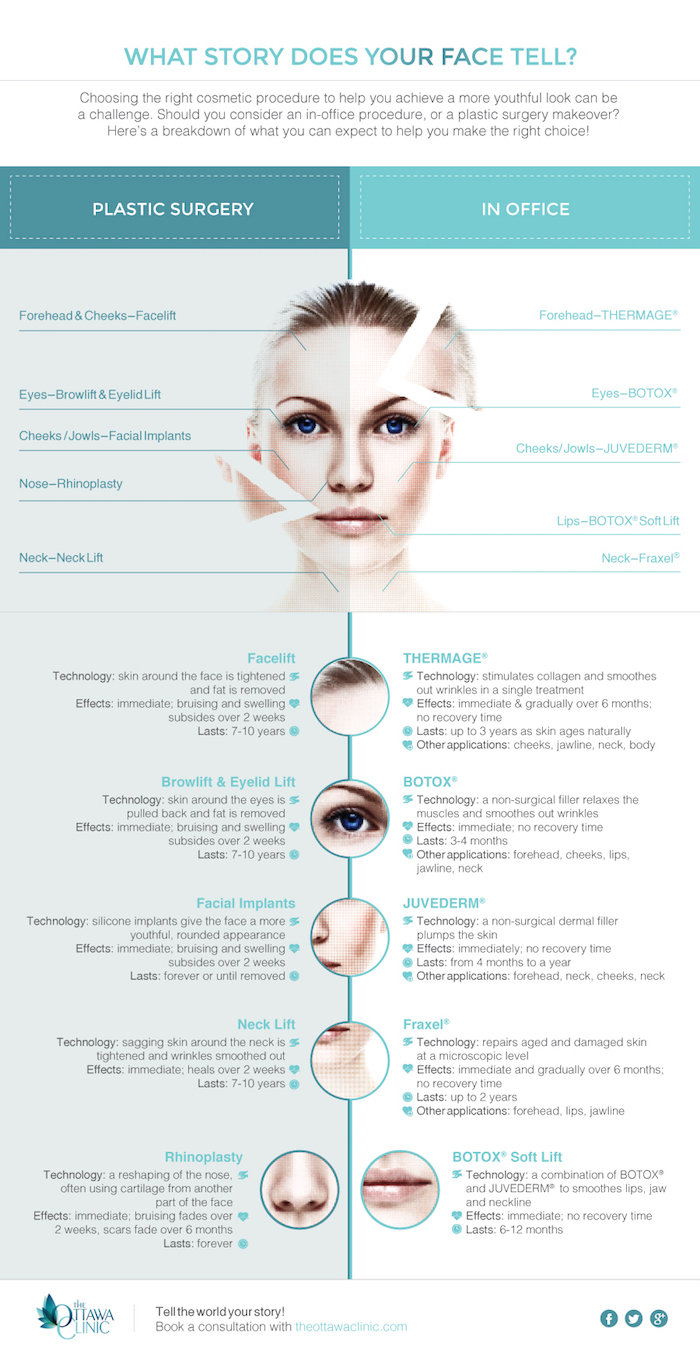Low Dose Isotretinoin Pros And Cons
Low Dose Isotretinoin Pros And Cons
Blog Article
Just How Does Photodynamic Treatment (PDT) Work?
Photodynamic therapy (PDT) integrates a light-sensitive medication with special light to eliminate cancerous and precancerous cells. Your doctor places the drug on your skin or inside your eye and after that shines a light on the therapy area.
This combination kills cancerous cells and saves healthy and balanced cells. Yale Medicine pulmonologist George Eapen, M.D., discusses how this works.
The Photosensitizer
Photodynamic therapy (PDT) makes use of a mix of light and a medication called a photosensitizer to eliminate cancerous or precancerous cells and spare healthy cells. You obtain an injection of the photosensitizer, which is then activated by light in your body. The photosensitizer is absorbed by both healthy and balanced and malignant cells however isn't harmful until it is turned on by the light.
Light-absorbing particles, called photosensitizers, are discovered in plants and animals, including humans. There are many photosensitizers, yet the majority of have the ability to soak up a certain variety of light wavelengths.
When the photosensitizer is exposed to a light with a coordinating spooky variety, it's converted from its ground state right into a fired up singlet state. This allows it to transfer energy to molecular oxygen, creating singlet oxygen and complimentary radicals that mediate cellular poisoning.
The Light
Throughout therapy, a special light is shined on the location where the photosensitizer was applied. This light triggers the drug and damages cancer cells or precancerous cells that it has actually targeted.
The medicines that are utilized in photodynamic therapy have different absorption properties and several of them might take hours to leave typical cells but remain much longer in cancer cells or precancer cells. This process allows the medical professional to target cancer cells extra exactly than other types of therapies that utilize visible light, such as lasers or electrocautery [54]
Photodynamic therapy can deal with the earliest spots of sunlight damages known as actinic keratosis and can decrease skin cancer cells development in individuals at high threat for establishing the problem. It is likewise an option for some patients with damp type age-related macular deterioration, which is a typical cause of loss of main vision in older adults. It can not recover the loss of vision triggered by this condition, however it can slow down the development of unusual capillary growth that causes damp AMD.
The Activation
Photodynamic therapy (PDT) makes use of a medicine and light to deal with cancer and various other skin problem. It targets precancerous cells and kills them. Unlike various other cancer therapies that burn and damage, this treatment eliminates precancerous cells while sparing healthy and balanced tissue.
The photosensitizer is supplied into the skin via topical, oral or intravenous management. It is absorbed by the lump cells and activated when revealed to light of a particular wavelength. This causes a botox lip flip sequence of photochemical responses that generates responsive oxygen species (ROS) that damages growth tissue and eliminate cancer cells.
PDT is most often utilized to treat actinic keratoses and in situ squamous cell carcinoma (Bowen illness). It can additionally be used to deal with other sorts of skin cancer, consisting of shallow basic cell carcinoma. It can be made use of alone or with other therapies, such as surgery or radiation. It can also shrink lumps in the lungs, allowing surgical procedure or other therapy to be safe and reliable.
The Treatment
PDT functions best in tiny abnormal locations of cells that a light can get to, such as the skin, eyes, mouth or food pipe (oesophagus) and lungs. It is additionally used to deal with precancerous growths, such as actinic keratoses, which are sun-damaged cells that can become cancer cells.
Physicians provide the photosensitizer as a lotion or injection, and after that beam a light on the treatment area. The light damages the abnormal cells. While healthy cells soak up the photosensitizer, it stays longer in malignant cells.
After the treatment, your body normally gets rid of the dead cells. People with lung cancer may experience divulging blood or have a bronchoscopy to clear the lungs of the dead tissue. Sometimes, your medical professionals may use a bronchoscopy to eliminate the photosensitizer from the lungs too if it causes severe signs and symptoms. It's important to stay inside your home and make use of sun block when you go outside while the photosensitizer is in your system.